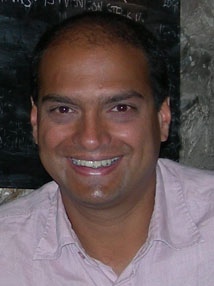BibTex format
@article{Mancero:2022:10.1109/tbme.2022.3150422,
author = {Mancero, Castillo CS and Vaidyanathan, R and Atashzar, SF},
doi = {10.1109/tbme.2022.3150422},
journal = {IEEE Transactions on Biomedical Engineering},
pages = {2569--2580},
title = {Synergistic upper-limb functional muscle connectivity using acoustic meganomyography},
url = {http://dx.doi.org/10.1109/tbme.2022.3150422},
volume = {69},
year = {2022}
}

